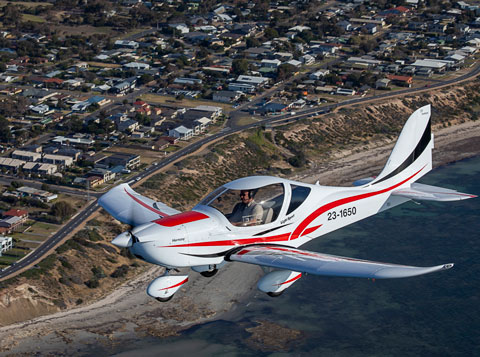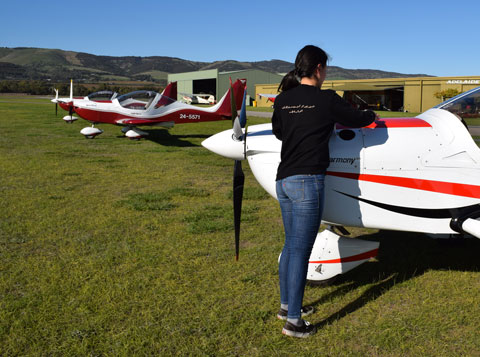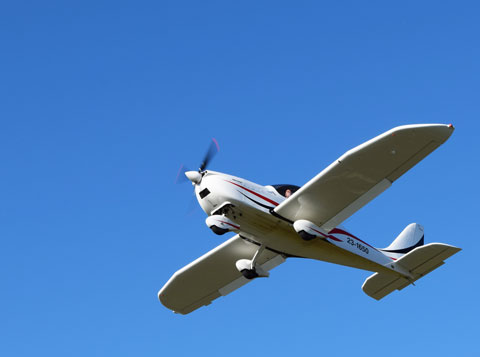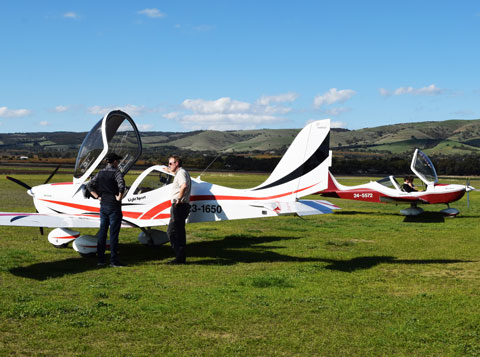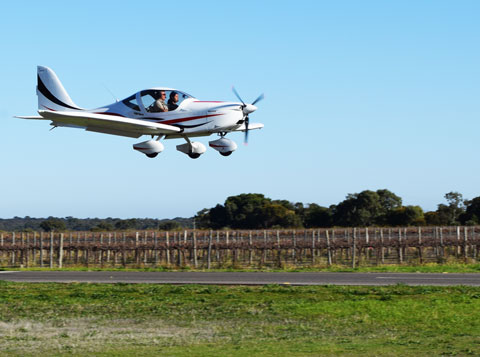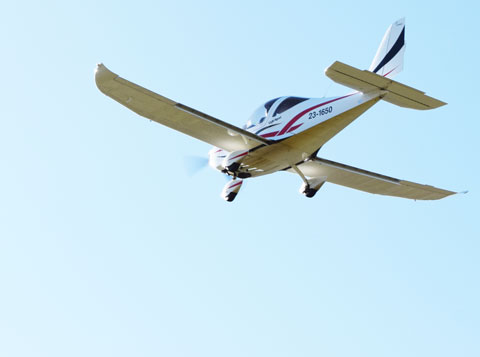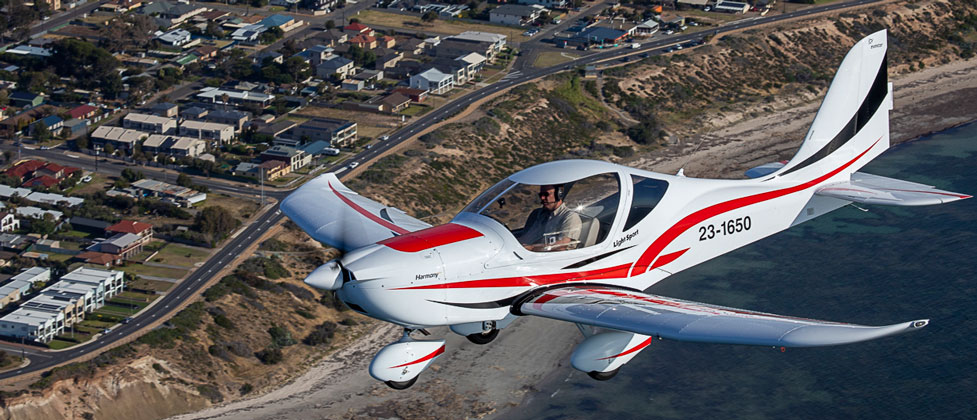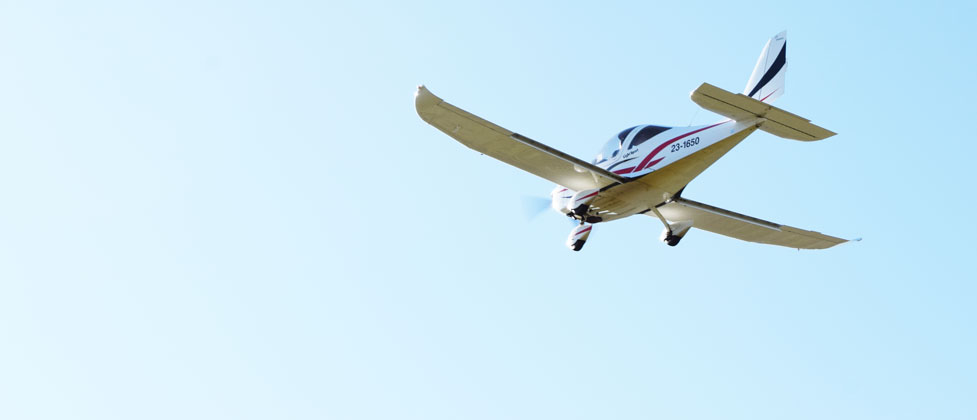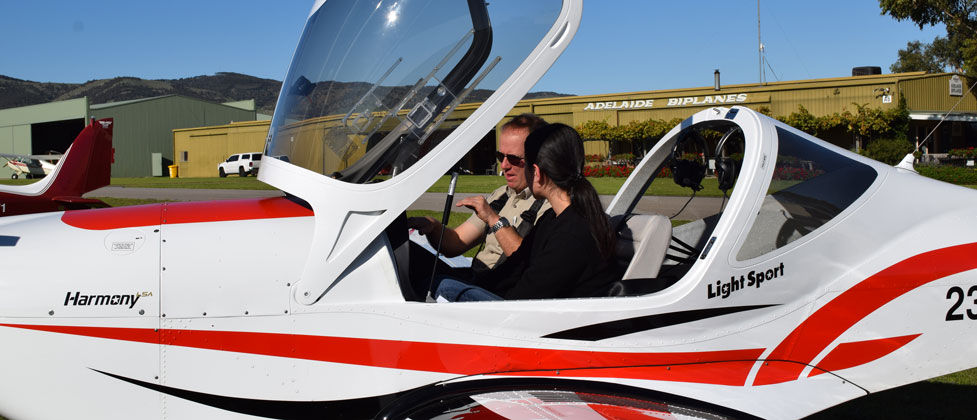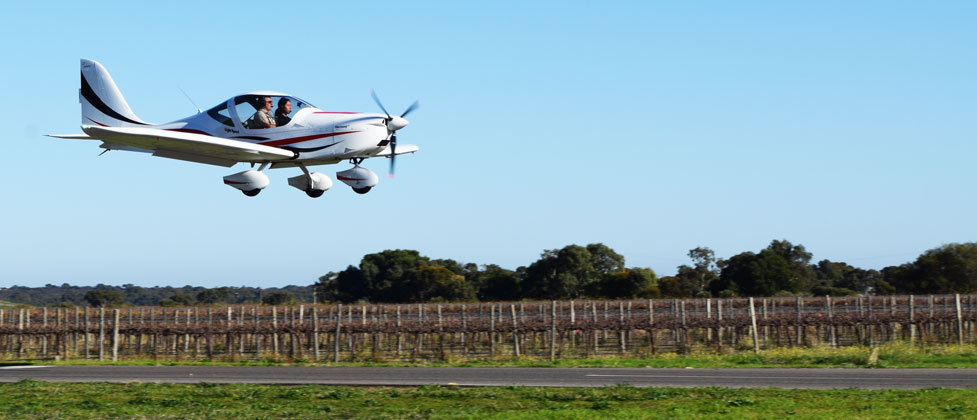Evektor Harmony
‘The New Kid on The Block’!
We have the privilege now of operating a brand new Evektor Harmony, The latest iteration of the now venerable Sportstar design.
As you will know we have been operating Sportstars in our flying school for almost 15 years, we have accumulated something over 30,000 combined hours over 6 different airframes in that time so are perhaps in a good spot to evaluate the newest version produced by the Evektor company.
We were approached by the factory to take on the role of “approved sales representatives” and as part of that we were required to have a demonstrator aeroplane on the fleet. Within the family group we have managed to make that happen and hence the arrival of 23-1650 which has slipped seamlessly into the fleet and has already accumulated over 200 hours in service.
The improvements over the earlier SL models are significant, some of the best of them pertain well to our Aussie climate. Much improved shade in the cockpit from the painted canopy top and hence the removal of the rather fussy old sunshade, vastly improved ventilation from the front and side vents as well as the eyeball vents fed from a NACA inlet mean there is no shortage of fresh air. The whole rudder pedal assembly has been moved forwards into the extended nose area in order to accommodate longer legged people, a small problem here is that we have found the more vertically challenged amongst us are struggling to reach even at the closest pedal adjustment. The actual adjustment is way easier than the old models with a simple lever pull and the pedals spring back towards you, releasing the lever locks the pedals into one of three positions. No more grappling under the panel Yippee!! The most noticeable and best upgrade is to the throttle control, this is now a much more robust design that allows “conventional” push/pull operation as the primary mode, but the ability to use the fine vernier adjustment remains. We will plan to upgrade the other aeroplanes to this on an opportunity basis.


The plush leather interior and the Garmin G3X Primary Flight display combine with enough traditional round dials to make everyone feel at home inside very quickly. Externally the aeroplane sports a jazzy new paint scheme, tapered wing and tailplane tips, a re designed nose leg (much better) and a sleeker look due the extended nose and painted canopy top.
Under the cowl there are also significant improvements to the installation of the Rotax 912 ULS, including a whole new and much more rugged and durable exhaust system.
Performance wise there is no significant change, the increase in span is offset by the tapered tips so no noticeable change in take off and climb, cruise is smooth and can certainly be a little faster that the older models if you choose to run a higher power setting. Behaviour at the stall has changed just a little, and whilst still benign and predictable (if you fly balanced) the tapered tips contribute to a brisk wing drop if you are foolish enough to stall out of balance. There is perhaps a little more float in ground effect on the landing, as always disciplined attention to over the fence speeds will result in consistent and predictable performance.
In summary this is a great little aeroplane, it is still and always has been one of the most “GA” of all the LSA aeroplanes. It is a credible and durable airframe powered by what has become the gold standard in small engines. Come and fly her, I am sure you will be impressed.
